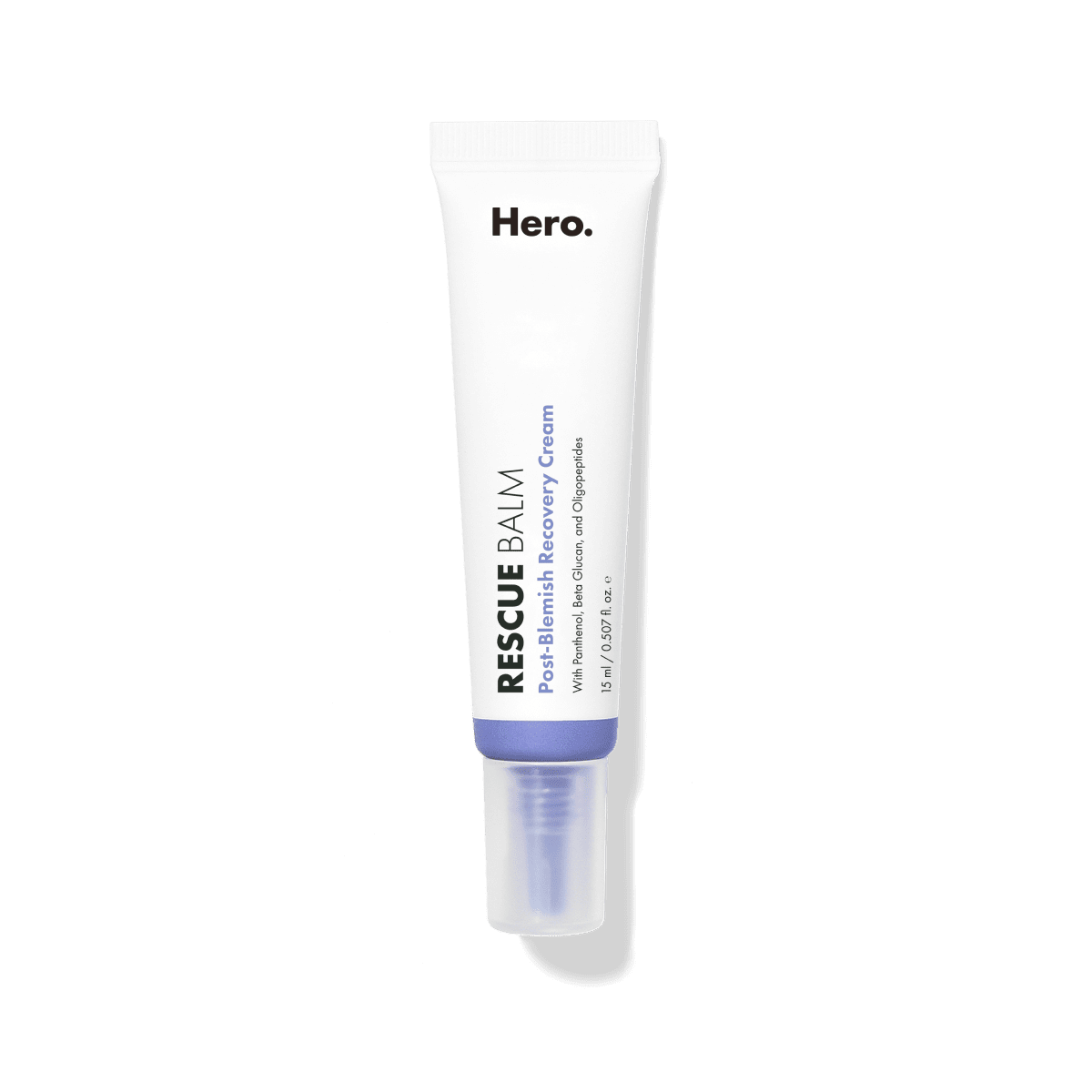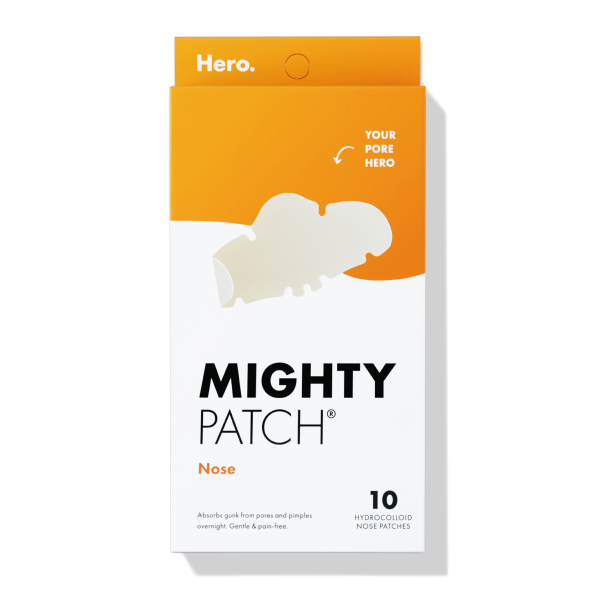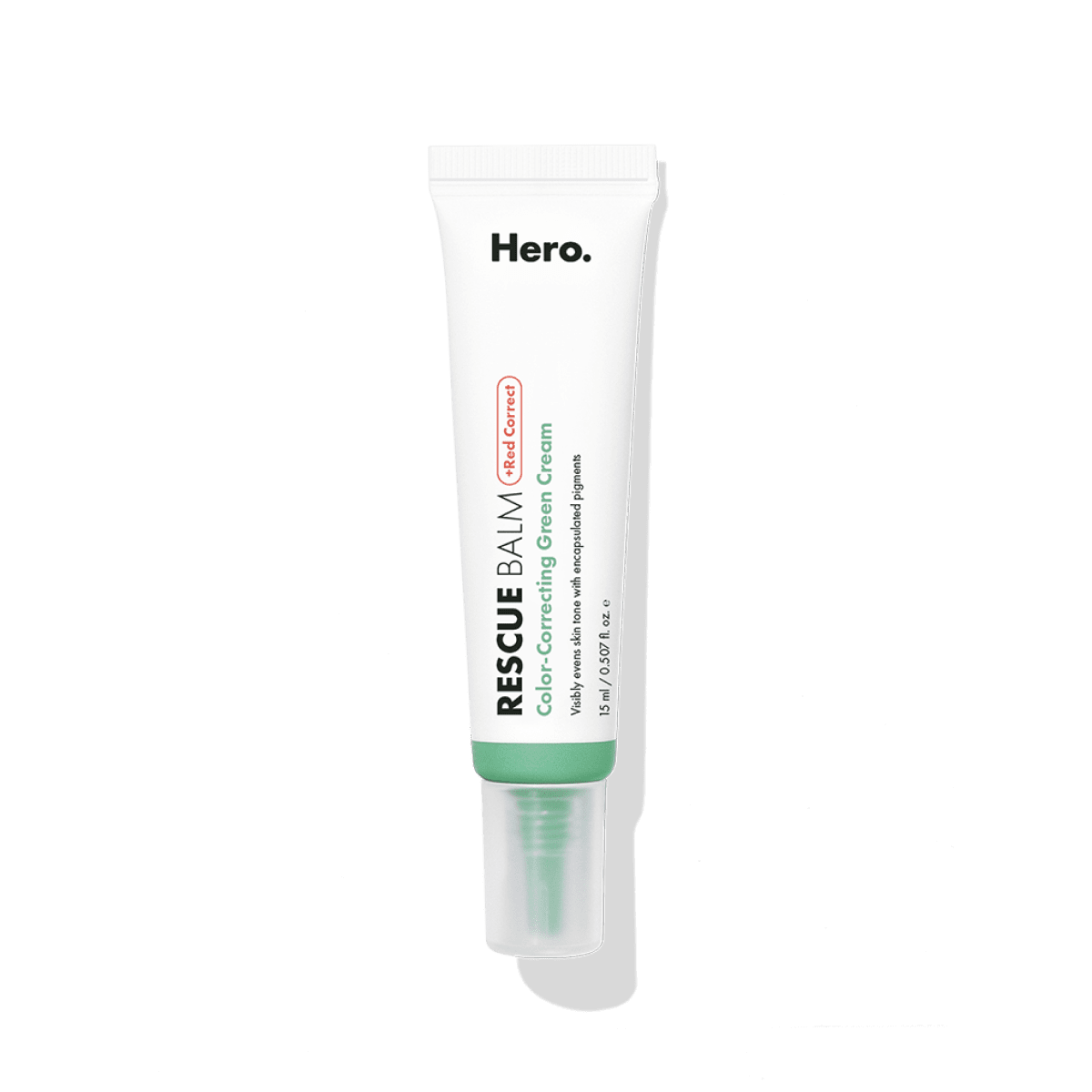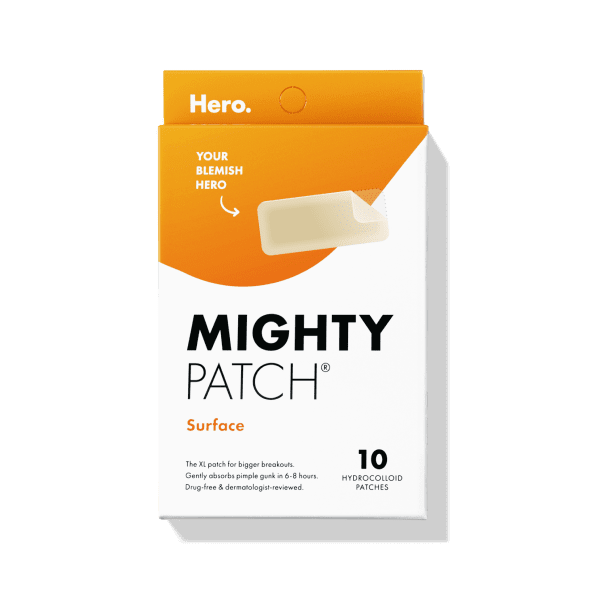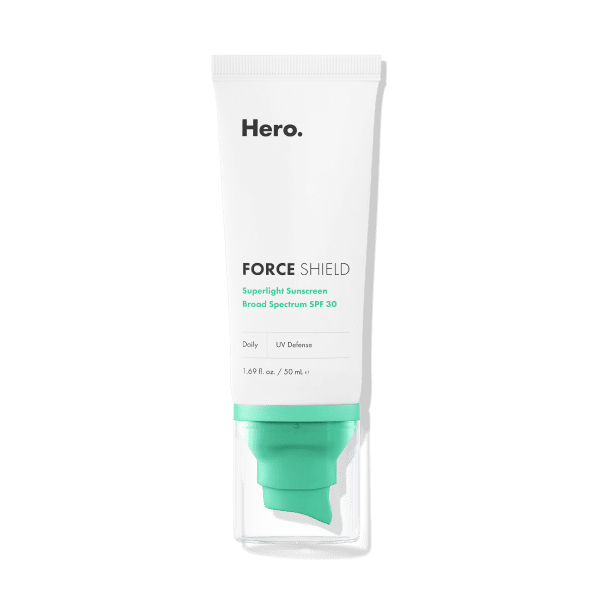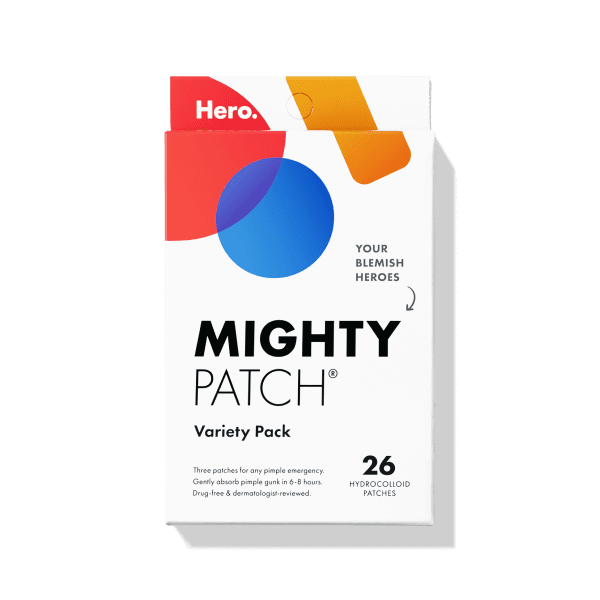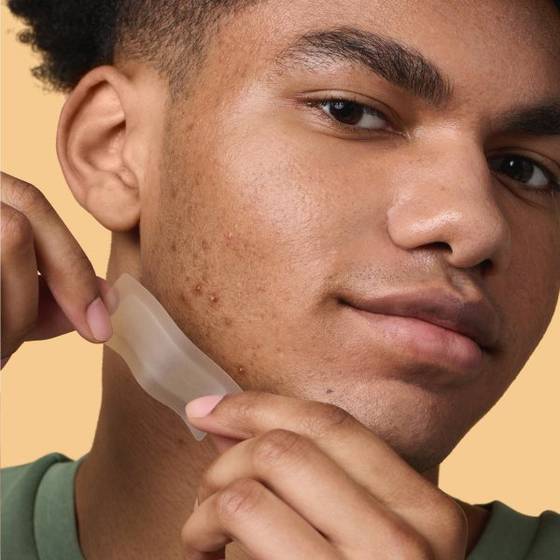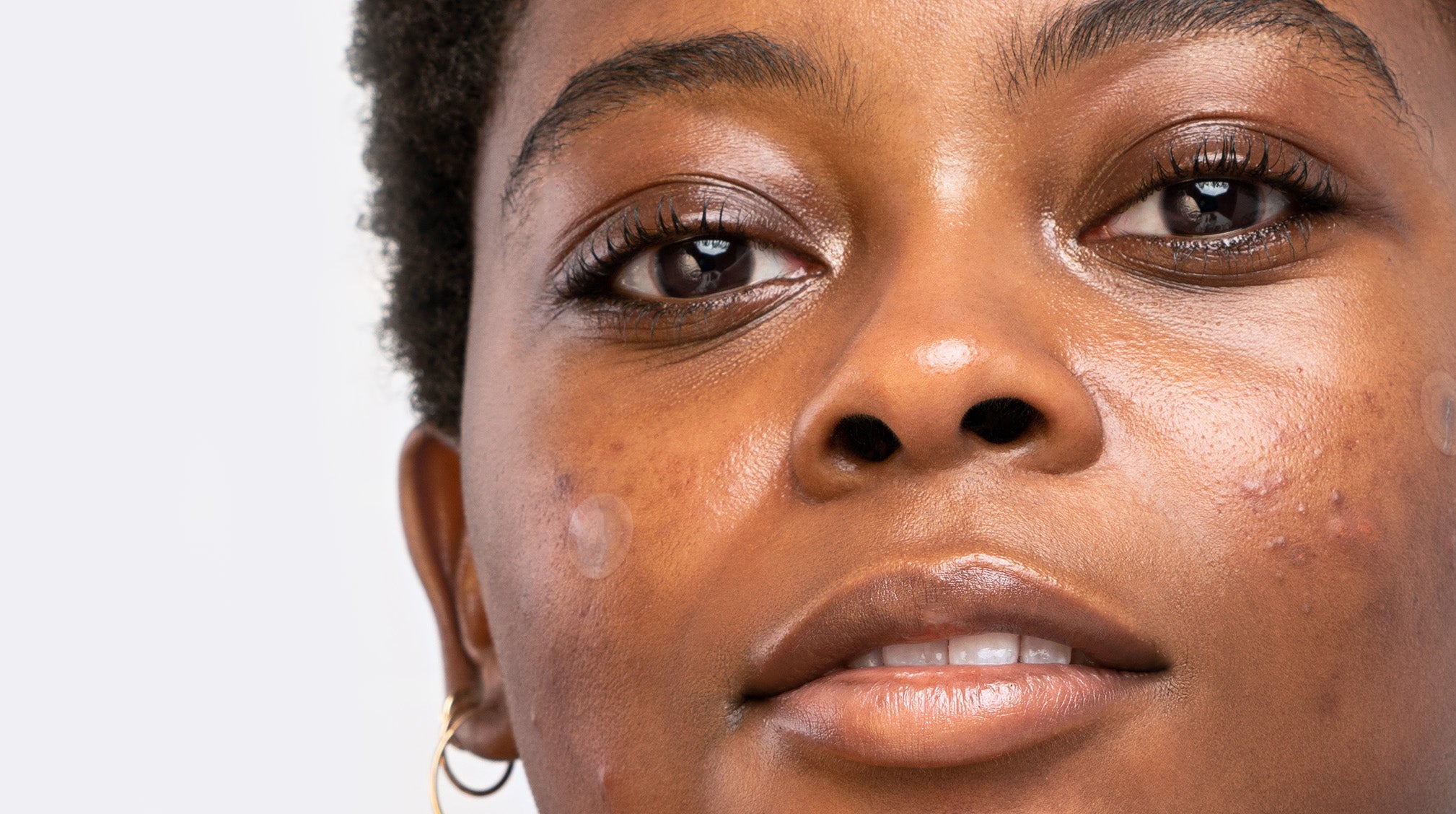
Your bestie is going on and on about a barely-visible whitehead that just popped up while you’ve got something painful brewing on your chin that’s sure to look like Mount Rushmore for the next few weeks. It’s okay to be salty. Some pimples are worse than others. And those tender, deep, underground cystic pimples are definitely the worst.
While severe acne like cystic pimples or nodulocystic acne are definitely unpoppable, cystic acne is not a lost cause. Read on to find out what it is, what’s causing it, and most importantly, which cystic acne treatments work best.
What is cystic acne?
In general, breakouts begin when one or all elements of the pore-clogging trio (sebum/oil, dead skin cells and P. acnes bacteria) get trapped in your hair follicles. At that point, comedonal acne typically develops in the form of whiteheads or blackheads. However, sometimes an infection develops, gets trapped deep in the skin tissue and becomes a red, swollen cystic pimple.
"Cystic acne is a severe type of acne in which bacteria, oil, dirt and skin cells block the pores, leading to a localized collection of inflammation and infection, deep in the skin,” says Dr. Vindhya Veerula, an Indiana-based, board-certified dermatologist and medical advisor for eMediHealth. “This differs from comedonal acne, which is due to clogged pores, and usually does not become inflamed.”
RELATED READ: Open, Closed, WTH Are Comedones?
Cystic pimples normally pop up in areas where you have the most sebaceous glands, so you’re likely to see cystic acne on the chin and jawline.
What causes cystic acne?
Just like comedonal acne, it can be difficult to pinpoint a specific cause. “Cystic acne is partly hereditary and partly environmental – and can be triggered by hormone fluctuations,” explains Dr. Zenovia, a California-based, board-certified dermatologist and hormonal skincare expert. “High levels of androgen hormones, like testosterone, or low estrogen can cause an overproduction of oil and create an environment for bacterial overgrowth, inflammation and acne. Additionally, there are many factors that contribute to the formation of cystic acne, such as humidity, genetics, pore-clogging ingredients found in cosmetics and skincare products, imbalanced pH levels, and stress. These can all be catalysts for an acne outbreak.”
The hormone connection may explain why cystic acne is most common during puberty and why women often experience breakouts during that time of the month or other periods of hormonal changes, such as pregnancy. PCOS, a hormonal condition that creates too much testosterone, can also trigger cystic acne.
If you’re experiencing cystic breakouts, there’s a chance your diet may also be to blame. Dairy – specifically cow’s milk – has been linked to an increase in cystic breakouts. According to the American Academy of Dermatology (AAD), scientists also believe that spikes in blood sugar from high-glycemic foods (like white bread, french fries and sugary treats) cause inflammation throughout your body and trigger an overproduction of sebum.
Cystic acne treatments that work
When it comes to treating and preventing cystic acne, your typical acne-care routine probably won’t cut it. Traditional spot treatments cannot penetrate the skin’s deeper layers, and will just leave you with dry, flaky patches. But don’t despair, there are ways to reduce, heal and alleviate the pain of under-the-surface cysts. Here are the best ways to get rid of cystic acne (plus tips for prevention in the long run).
Whatever you do, don’t try to pop cystic acne pimples
We know you’ve heard it a million times – don’t pop your pimples. But unlike popping a whitehead (which will cause irritation and extended redness), attempting to pop a cystic pimple can be disastrous.
“Do not pick at your acne cysts or try to open the deep pimple – this leads to scarring,” says Zenovia. And scarring isn’t the only danger of popping. Cystic pimples are deep under the skin, so attempting cystic acne removal at home can result in a lot of damage to the skin tissue, which will ultimately slow the healing process. Plus, you may end up spreading the infection to the surrounding skin and causing even more breakouts.
If you need some immediate relief, try icing it (after you’ve washed your face first) in 10-minute intervals to help alleviate pain and inflammation.
Examine your diet and lifestyle
As we mentioned, reducing spikes in blood sugar can also reduce breakouts. In one U.S. study, 87% of patients said they had less acne when they switched to a low-glycemic diet. Zenovia recommends trying a low-glycemic diet consisting of vegetables, fruit, lean meats, nuts and seeds and avoiding dairy, particularly from hormone-fed cows. Many dermatologists suggest that patients keep a food journal to track and assess what may be contributing to flare ups. For example, if you skip dairy for two weeks and your skin looks clearer than it has in a while, that’s probably a sign that dairy is a trigger for you.
Also – and we know this one is easier said than done – try not to stress about a cystic breakout. According to Zenovia, “stress is a huge factor in cystic acne. Adequate sleep, mindfulness and exercise help reduce stress and cortisol levels in the body, which in turn decrease hormonal flares. Exercise can also increase blood flow, clear bacteria and help skin glow.”
Products and treatments that can help
While the OG treatment for cystic acne – cortisone injections at the derm’s office – is certainly effective in most cases, it’s not realistic for everyone to do all the time. Luckily, there are three easy steps you can take at home to minimize your cystic breakouts.
- Remember the basics. “Making sure to wash your face, especially after sweating, and avoiding comedogenic products are key,” says Veerula. You’ve probably heard these tips before, and for good reason. They are the foundation to any healthy skincare routine. If you don’t have time for a wash after a gym session, grab a cleansing wipe. It’s important to get the sweat, dirt and bacteria off your skin as soon as possible.
- Choose the right ingredients. “Three initial ingredients that I would recommend for acne-prone skin are retinols, salicylic acid and benzoyl peroxide,” advises Zenovia. “By using products with these ingredients, alongside an oil-free moisturizer, you can help reduce flare-ups. Using a benzoyl peroxide treatment is a great way to lower levels of acne-causing bacteria and reduce inflammation. In addition, retinol products are great at keeping the follicle open at the skin’s surface – thereby preventing the clogged pore which initiates the whole process.”
- Go deep. Your everyday spot treatment isn’t going to do much in the battle against cystic acne. Many of our customers have had success using Micropoint for Blemishes on their early-stage cystic pimples. Our deep-treatment microneedle patch delivers salicylic acid, beta-glucan and hyaluronic acid directly to the source of an under-the-skin pimple. You can also look for lactic acid-based treatments designed for deep absorption, which can help reduce inflammation.
If cystic acne is a recurring issue, consult a dermatologist, who will be able to fully evaluate your skin and determine whether oral medications or in-office treatments could help.
[[product-ad]]
The information provided in this article is for general knowledge and informational purposes only and does not constitute medical advice. It is not intended to be a substitute for professional medical advice, diagnosis, or treatment. Always seek the advice of a qualified healthcare provider with any questions you may have regarding a medical condition.

